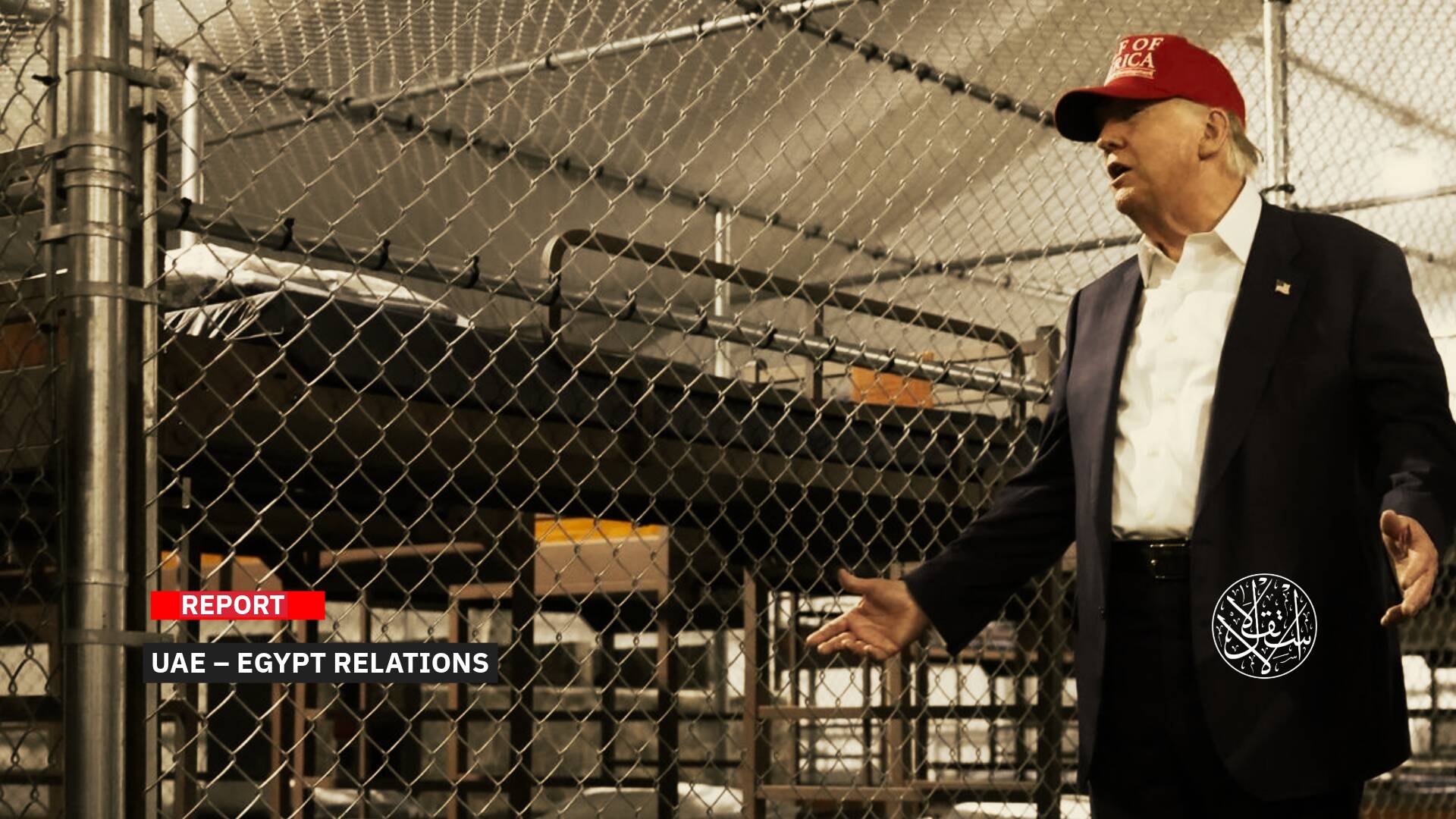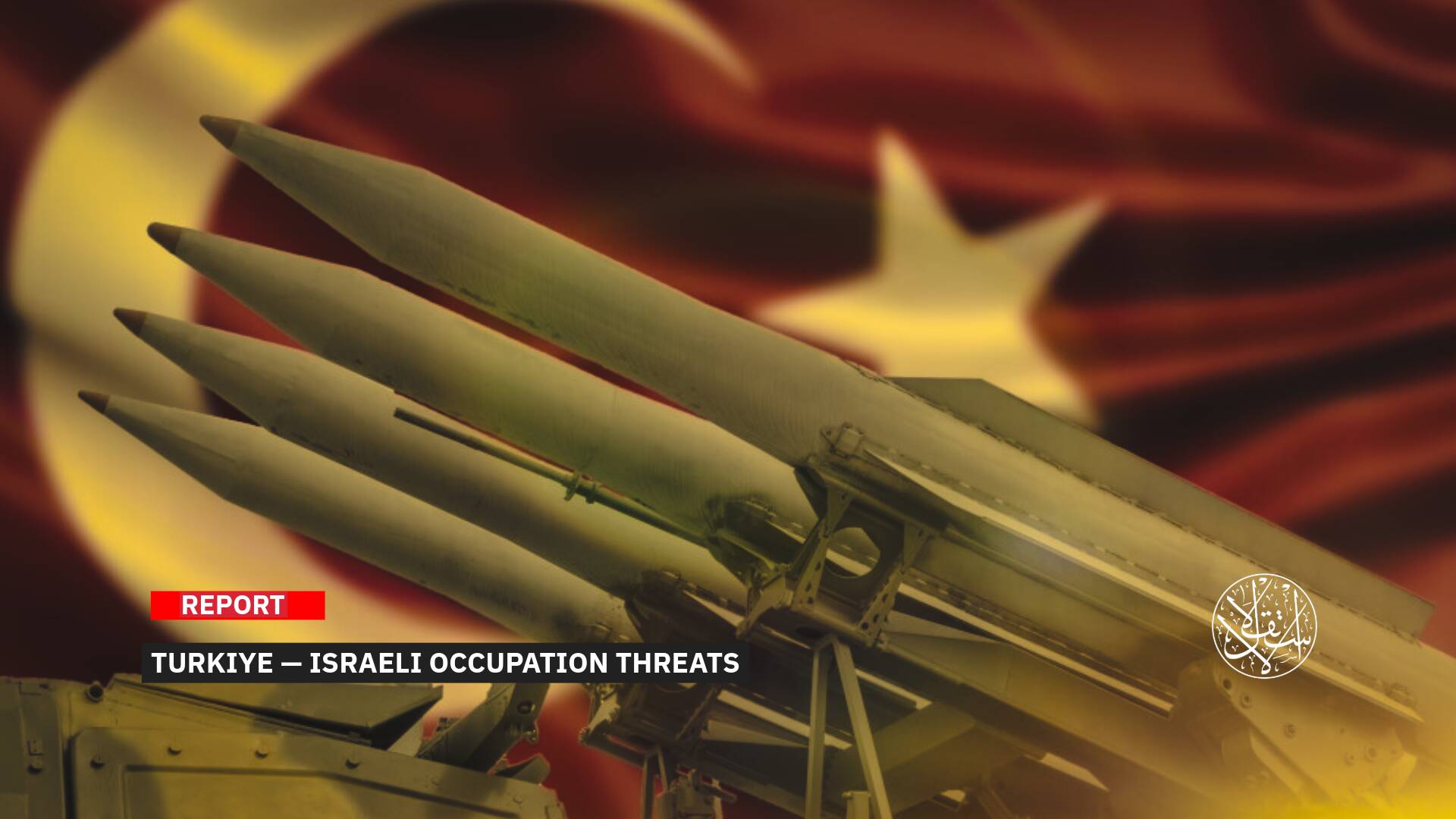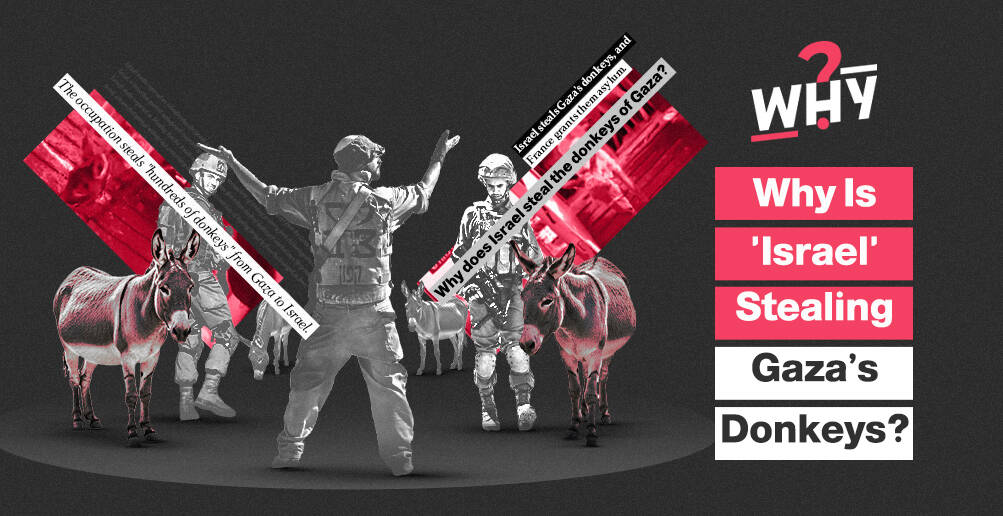Halloween Celebrations Around the World: Origin & Rituals

The stampede that killed more than 150 people in Seoul on October 31 during Halloween celebrations is among the bloodiest in the past ten years.
About 150 people were killed, and about 150 others were injured in various ways in South Korea in a stampede in the central district of the capital, Seoul, where thousands of people gathered in narrow streets to celebrate Halloween, according to the official authorities.
At first, the Civil Defense announced that dozens of people had suffered heart attacks in the Itaewon neighborhood in central Seoul during Halloween celebrations. It is reported that the South Korean Civil Defense uses the phrase "cardiac arrest" because only doctors can officially announce the cause of death.
In this context, officials indicated that people were apparently crushed to death after a large crowd began to stampede in a narrow alley near the Hamilton Hotel, which is a major site of celebration in Seoul.
It should be noted that this year's Halloween celebrations are the first in South Korea since the Corona epidemic crisis, and South Koreans were forced to wear masks while attending outdoor activities.

Halloween's Origin
At the end of October every year, many parts of the world, especially in the United States, Canada, Britain, and Ireland, celebrate Halloween.
The most prominent rituals of celebration on this night are ghost clothes, plastic or painted skeletons, pictures of witches, and scary masks, in an atmosphere where fun and excitement are mixed.
The BBC reports that there is a common belief that the celebrations go back to ancient Celtic traditions.
The Celts are a group of people belonging to the western branch of the Indo-European peoples' group, and their linguistic, archaeological, and heritage extensions include the Irish and Scottish people.
Those celebrations were linked to the harvest seasons. The relationship between agricultural seasons and rituals associated with the unknown and supernatural forces is common in history.
Previously, these ceremonies included "predicting the future" regarding death, marriage, and the like.
In another interpretation, the subject has to do with a Celtic festival called Samhain, associated with the onset of cold and darkness (where the day is shorter and the night is long). According to Celtic belief, the "sun god" falls into death and darkness on October 31. On this night, the spirits of the dead roam their kingdom, trying to return to the world of the living.
On Halloween night, the priests in ancient Gaul, Britain and Ireland held a great feast and believed that the great "god of death," called Samhain, calls on this night all the evil spirits that died during the year and whose punishment was to resume life in the bodies of animals and.
This idea was enough to frighten people, so they would light a huge torch and keep a close watch on these evil spirits. Hence the idea that witches and spirits are here and there on Halloween.

Halloween Celebrations
In the nineteenth century, with the immigration of the Irish to the United States along with their customs, traditions, and stories, the holiday emerged in its modern form.
Because the Halloween holiday is mainly pagan, Christians first prevented its celebration. Yet, with time and throughout history, religious and pagan holidays mixed.

Halloween has been associated in many cultures with the fruits of the pumpkin, and perhaps the most important symbol of it is the so-called pumpkin lamp.
The BBC Arabic pointed out that: "The legend says that a Celtic man named Jack was lazy, didn't like to work, got drunk, and crossed the road, all because of the devil's whispers. But he was smart. When Jack wanted to repent, he lured the devil and convinced him to climb to the top of a tree, and when the devil climbed to the top of the tree, Jack dug a cross in the trunk of the tree, so the devil panicked and stayed stuck on the top of the tree."
It added: "When Jack died, he was not allowed to enter Heaven because of his deeds, and there was no place for him in Hell as well. He was condemned to eternal vagrancy, and in order not to wander in the dark, he was given a glimpse of the fire of Hell. In later Halloween celebrations inspired by Jack's story, the basil was replaced with a carrot, then the Americans replaced it with a pumpkin. Thus the pumpkin lamp was born."
Pumpkins later became a symbol of Halloween celebrations in North America.
In recent years, clothing and masks have begun to draw their inspiration from Hollywood movie characters, such as Batman and Spider-Man.
Different Way
In 2020, the BBC reported that it posted the question: "Do you celebrate Halloween in your country? How will you celebrate it this year?" on Twitter, and the response from Iraq was surprising: "We will celebrate with gas masks," with a photo from one of the protest demonstrations in Iraqi cities.
In October 2019, Iraq witnessed demonstrations and protest rallies against political corruption and demanded political and economic reforms between Iraq and Lebanon.

In both cases, gas masks, drawings on the cheeks, face masks, and scarves were among the distinguishing features of the popular protests. It's like a political masquerade festival, pre-Halloween, in the month it's celebrated.
In Lebanon, the demonstrators created their masks, making them resemble the face of the Joker, then masks with the face of a monkey, to the masks of Anonymous, which has become synonymous with political protest around the world, without forgetting the mask of the series "The Professor" (Casa de Papel).












